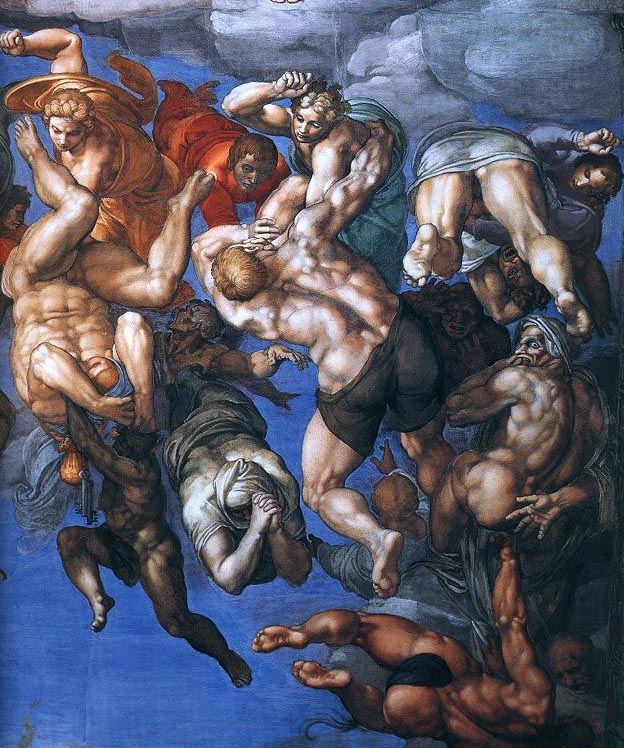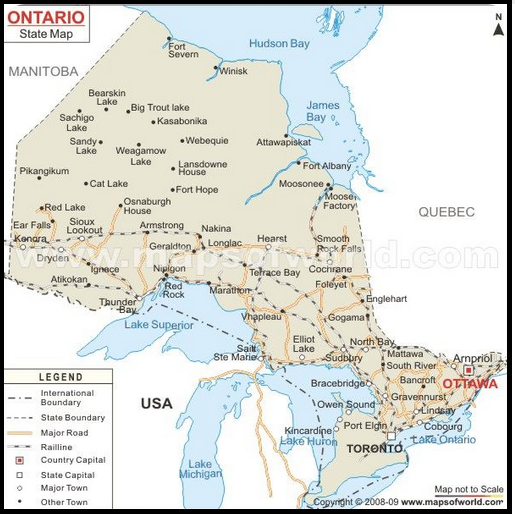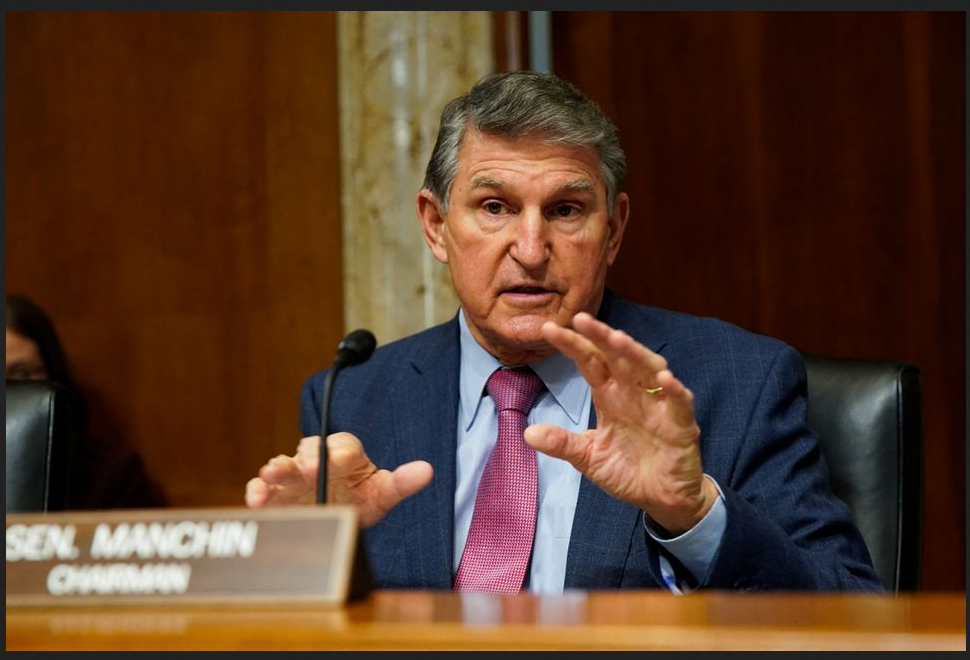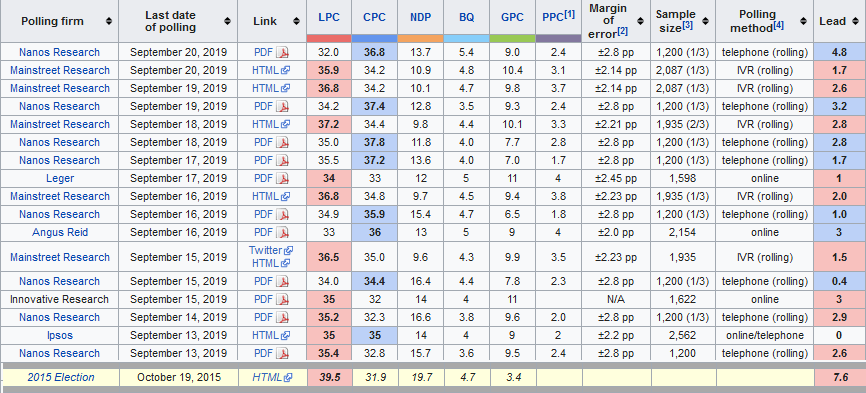Giuseppe Sandro Mela.
2023-01-05.

«riducendo i tempi di viaggio da sei mesi a soli sei giorni e trasformando per sempre la nazione»
* * *
Pubblichiamo volentieri un testo tradotto seguito dallo articolo originale.
La ferrovia transcontinentale americana fu una impresa ciclopica finanziaria, economica, ingegneristica.
Ma a molti sfugge che il 90% delle maestranze era cinese. Prima ricercati, poi perseguitati.
* * * * * * *
Come la ferrovia transcontinentale ha cambiato per sempre gli Stati Uniti.
Ha diffuso la cultura anglo-europea in tutta la nazione e ha fatto fiorire il commercio, ma la storia dei lavoratori cinesi che hanno costruito i binari è stata in gran parte dimenticata.
“Si può quasi sentire il dolore che ha comportato”, ha detto Roland Hsu, in piedi all’interno delle gallerie ferroviarie lungo Donner Summit, nelle montagne della Sierra Nevada in California.
Frastagliate e sconnesse, le pareti del tunnel non assomigliano affatto a sottopassaggi realizzati con macchinari moderni. Invece, negli anni Sessanta del XIX secolo, squadre di manovali cinesi hanno scavato nel granito e scalpellato faticosamente a mano 15 pozzi attraverso la Sierra Nevada, in modo che la prima ferrovia transcontinentale potesse trasportare i passeggeri per 1.800 miglia da Sacramento, in California, a Omaha, in Nebraska, riducendo i tempi di viaggio da sei mesi a soli sei giorni e trasformando per sempre la nazione.
“Ci volevano quattro uomini per tenere in mano una grossa barra di ferro e praticare manualmente un foro nel granito”, ha detto Hsu, direttore della ricerca per il Chinese Railroad Workers in North America Project (CRWNAP) di Stanford, che cerca di far luce sulle esperienze dei lavoratori cinesi delle ferrovie. “Un quinto uomo la martellava con una mazza. Poi ruotavano la barra di un quarto di giro e la martellavano di nuovo, e così via. In questo modo facevano il buco per poi inserire la polvere nera, accendere il fuoco e partire. Non c’erano sistemi idraulici”.
Questo faticoso processo di costruzione significava che gli operai scavavano solo pochi centimetri al giorno; ci sono voluti due anni e mezzo per scavare il tunnel lungo quasi 1.700 piedi a Donner Summit. Guardando attentamente, ha detto Hsu, “si possono ancora vedere i segni delle trivelle”.
Questa monumentale impresa ingegneristica ebbe effetti enormi per gli Stati Uniti. Fece fiorire il commercio e nel 1880 la ferrovia trasportava ogni anno merci per 50 milioni di dollari. Con la nascita di nuove città lungo la linea ferroviaria, cambiò il luogo di residenza degli americani, stimolò l’espansione verso ovest e rese i viaggi più accessibili. Ma il progetto ha anche devastato le foreste, allontanato molte tribù di nativi americani ed esteso rapidamente l’influenza anglo-europea in tutto il Paese. E ha avuto un costo elevato: si stima che circa 1.200 operai cinesi siano morti durante i sei anni di costruzione, e quelli che sono sopravvissuti hanno subito discriminazioni razziali e minacce.
Oggi, il treno Zephyr dell’Amtrak percorre ancora gran parte dei tratti più faticosi realizzati dai lavoratori cinesi più di 150 anni fa. Salendo attraverso le montagne della Sierra Nevada, il viaggio offre ampie vedute di cime innevate e distese di pini e abeti imponenti (il resto della linea, che collega la baia di San Francisco a Chicago, si snoda su un percorso diverso, creato sulla base della ferrovia transcontinentale originale).
È stata la più grande impresa ingegneristica del XIX secolo.
È possibile osservare da vicino il lavoro dei manovali cinesi anche a piedi. Vicino alla Tahoe National Forest, lungo la Donner Pass Road, una targa richiama l’attenzione sulla “Muraglia cinese”, un muro di contenimento di 75 piedi che ancora oggi tiene saldamente in posizione la terra sovrastante per evitare che le frane seppelliscano i binari. Definita una “meraviglia ingegneristica” dalla Truckee-Donner Historical Society, che ha installato la targa, la muraglia è stata costruita da “mastri costruttori” cinesi che l’hanno realizzata impilando pietre una sull’altra, senza cemento o malta.
Proprio sopra il muro si trova un tratto di ferrovia non più in uso, ma accessibile a intrepidi escursionisti. I binari sono stati rimossi e il percorso è ora un sentiero non segnalato. Con un dislivello di oltre 7.000 piedi, si apre su una vista pittoresca del Lago Donner in lontananza. È qui che gli escursionisti possono attraversare una serie di tunnel, tra cui il tunnel n. 6, lungo quasi 1.700 piedi – il più lungo dei 15 tunnel scavati attraverso le montagne – insieme alle tettoie di neve costruite per proteggere i binari.
È inquietante – e sì, doloroso – stare all’ingresso di una delle gallerie e vedere il piccolo raggio di sole all’altra estremità, sapendo non solo quanto sia stato difficile scavare quell’apertura, ma anche quanto siano stati trattati male i manovali cinesi. A un certo punto, nel tentativo di accelerare la costruzione, hanno lavorato 24 ore su 24, con ogni squadra avvolta nell’oscurità per ore e ore.
Queste strutture sono ora la testimonianza del loro sudore e del loro sacrificio. Riflettono anche un’eredità che è stata a lungo cancellata dalla storia degli Stati Uniti. Ma con il recente aumento dell’odio anti-asiatico negli Stati Uniti, c’è stata una rinnovata spinta – tra cui l’istituzione del primo museo nazionale dell’Asia e del Pacifico e l’approvazione di nuove leggi in Illinois, New Jersey e altri Stati per insegnare la storia dell’Asia e delle isole del Pacifico agli studenti in età scolare – per riconoscere il ruolo che i lavoratori cinesi hanno avuto nel completare un’impresa così monumentale.
“È stata la più grande impresa ingegneristica del XIX secolo”, ha dichiarato Connie Young Yu, una storica il cui bisnonno era uno dei lavoratori cinesi della ferrovia. “E pensare che sarebbero stati i cinesi a costruire i binari che avrebbero unito gli Stati su rotaia”.
I lavoratori cinesi non sono mai stati destinati a costruire la più grande ferrovia degli Stati Uniti. La Central Pacific Railroad (CPRR) e la Union Pacific Railroad erano state incaricate dal Congresso di costruire una ferrovia per collegare il Paese. La CPRR, tuttavia, all’epoca non riusciva ad assumere un numero sufficiente di lavoratori bianchi, poiché molti di loro se ne andavano per trovare opportunità meglio retribuite nelle miniere.
Nel 1864, la CPRR iniziò ad assumere lavoratori cinesi nel disperato tentativo di rispettare la scadenza. Molti dei primi lavoratori cinesi erano già in California, attratti dalla corsa all’oro tra la fine degli anni ’40 e l’inizio degli anni ’50 del XIX secolo. Altri ancora furono reclutati dalla Cina, con la promessa di un lavoro e di una paga stabili. Alla fine, secondo le stime del CRWNAP, circa 20.000 cinesi lavorarono sulla ferrovia, costituendo il 90% della forza lavoro della CPRR.
Da est, la Union Pacific Railroad aveva iniziato a costruire verso ovest. La parte di progetto della CPRR era indubbiamente più difficile, in quanto i suoi binari dovevano passare attraverso la possente Sierra Nevada – una catena montuosa con picchi di oltre 14.000 piedi di altezza – prima di unirsi ai binari della Union Pacific Railroad.
Stabilire questo percorso significava disboscare la boscaglia, spianare la collina e posare i binari, la maggior parte del lavoro veniva svolto da manovali cinesi. Spesso lavoravano dalle 10 alle 11 ore al giorno, sei giorni alla settimana, e non si fermavano durante l’inverno, quando le tempeste potevano scaricare diversi metri di neve in un giorno. Ma nonostante il loro impegno, alcuni di loro venivano pagati solo la metà rispetto ai lavoratori bianchi, secondo il CRWNAP. La CPRR non si preoccupò nemmeno di tenere traccia delle loro identità, riferendosi a loro con noncuranza come a una massa di “John Chinamen”.
Dopo il completamento della ferrovia transcontinentale nel 1869, fu fatto ogni sforzo per sradicare tutti i cinesi dagli Stati Uniti attraverso leggi locali e statali, attacchi della mafia e linciaggi. Alcuni tornarono in Cina, anche se un piccolo numero fu assunto per la manutenzione della ferrovia. Gli altri cercarono di stabilirsi in luoghi come Truckee, in California, un’importante città ferroviaria vicino a Donner Summit. Hanno avviato attività commerciali come servizi di lavanderia e ristoranti. A un certo punto, gli immigrati cinesi costituivano il 30-40% della popolazione di Truckee. Ma ben presto divenne chiaro che non erano i benvenuti.
Nel 1875, un incendio bruciò la Chinatown di Truckee. Sebbene l’origine dell’incendio sia stata attribuita ai cinesi e ai loro edifici in legno, sarebbe diventato presto evidente che questi incendi non erano semplici incidenti. La comunità cinese fu costretta a trasferirsi sull’altra sponda del fiume Truckee, dove altri incendi avrebbero distrutto ripetutamente le loro case e le loro attività. In un atto particolarmente spregevole, alcuni uomini bianchi diedero fuoco alle loro case e poi spararono ai residenti cinesi mentre fuggivano dalle fiamme. I responsabili furono catturati e processati, ma alla fine furono assolti.
Poi arrivò il Metodo Truckee, uno sforzo dei residenti bianchi della città per boicottare le attività commerciali di proprietà cinese e tutti i commercianti che facevano affari con i membri della comunità cinese. Alla fine degli anni Ottanta del XIX secolo, la comunità cinese si era ridotta a una manciata di persone. In tutto il Paese, altre comunità cinesi vennero similmente cacciate o distrutte. L’odio nazionale anticinese, alimentato dalla paura della concorrenza sul lavoro e dal senso di superiorità morale nei confronti dei cinesi, culminò nel 1882, quando il Congresso approvò la Legge sull’esclusione dei cinesi, che impediva a chiunque avesse origini cinesi di entrare negli Stati Uniti. La legge fu impugnata solo nel 1943.
Oggi la città di Truckee, insieme alla regione del Lago Tahoe, è una popolare destinazione sciistica: Palisades Tahoe (precedentemente nota come Squaw Valley), situata a soli 10 miglia a sud di Truckee, ha ospitato le Olimpiadi invernali del 1960. Lo Sugar Bowl Resort, che è stato fonte di ispirazione per il cortometraggio animato di Walt Disney del 1941, The Art of Skiing, si affaccia sulle gallerie costruite dai manovali cinesi.
Eppure, nonostante l’attenzione internazionale, non ci sono quasi più segni della presenza degli immigrati cinesi nella regione. Passeggiando per il centro di Truckee, l’unico accenno al patrimonio cinese è una targa che segnala un edificio in mattoni che un tempo ospitava un negozio di erbe cinesi.
Ma il successo della ferrovia transcontinentale e le sue crudeli conseguenze non dovrebbero essere dimenticate, dice Yu. “Il fatto che sia accaduto, che possa accadere di nuovo e che sia accaduto di nuovo… è il motivo per cui continuiamo a parlarne e per cui non possiamo fermarci”.
* * * * * * *
How the Transcontinental railroad forever changed the US.
It spread Anglo-European culture across the nation and caused trade to flourish, but the story of the Chinese labourers who built the track has largely been forgotten.
“You can almost feel the pain it took,” said Roland Hsu, standing inside the train tunnels along Donner Summit in California’s Sierra Nevada mountains.
Jagged and bumpy, the walls of the tunnel hardly resemble underpasses made by modern-day machinery. Instead, in the 1860s, teams of Chinese labourers blasted through the granite and painstakingly hand-chiselled 15 shafts through the Sierra Nevada so that the first transcontinental railroad could whisk passengers 1,800 miles from Sacramento, California, to Omaha, Nebraska, cutting travel times from six months to just six days and forever transforming the nation.
“It took four men to hold a big iron bar to manually drill a hole into the granite,” said Hsu, director of research for Stanford’s Chinese Railroad Workers in North America Project (CRWNAP), which seeks to shed more light on the experiences of Chinese railroad workers. “A fifth man would pound it with a sledgehammer. Then they would rotate the bar a quarter turn and pound it again, and so on. This was how they drilled the hole to then pack the black powder, light it and run. There were no hydraulics.”
This strenuous construction process meant that workers only cleared inches a day; it took two and a half years to bore through the nearly 1,700ft-long tunnel at Donner Summit. Look closely, Hsu said, and “you can still see the drill marks”.
This monumental engineering feat had massive effects for the US. It caused trade to flourish, and by 1880, the railroad was moving $50m worth of freight each year. As new towns sprung up along the rail line, it changed where Americans lived, spurred westward expansion and made travel more affordable. But the project also devastated forests, displaced many Native American tribes and rapidly expanded Anglo-European influence across the country. And it came at a heavy cost: an estimated 1,200 Chinese labourers died during the six-year construction, and those that survived endured racial discrimination and threats.
Today, Amtrak’s Zephyr train still chugs along much of the most arduous portions made by Chinese workers more than 150 years ago. Climbing through the Sierra Nevada mountains, the trip offers expansive views of snow-capped peaks and swaths of towering pine and fir trees. (The rest of the line, connecting the San Francisco Bay Area and Chicago, runs on a different route forged after the original Transcontinental railroad.)
It was the greatest engineering enterprise of the 19th Century
It’s also possible to get a closer look at the Chinese labourers’ work on foot. Near the Tahoe National Forest, along Donner Pass Road, a plaque calls attention to the “China Wall”, a 75ft retaining wall that still firmly holds the dirt above it in place today so that landslides didn’t bury the track. Called an “engineering marvel” by the Truckee-Donner Historical Society, which installed the plaque, the wall was constructed by Chinese “master builders” who made it by stacking stones, one on top of the other, without any cement or mortar.
Just above the wall is a section of the railroad that is no longer in use but is accessible to intrepid hikers. The tracks have been removed, and the path is now an unmarked trail. More than 7,000ft in elevation, it opens up to picturesque views of Donner Lake in the distance. It’s here that hikers can walk through a series of tunnels, including the nearly 1,700ft-long Tunnel No 6 – the longest of the 15 tunnels bored through the mountains – along with snow sheds that were built to protect the tracks.
It feels eerie – and yes, painful – to stand at the entrance of one of the tunnels and see the small shaft of sunlight at the other end, knowing not only how difficult it was to carve that opening, but also how poorly the Chinese labourers were treated. At one point, in an effort to speed up construction, they worked around the clock, each crew shrouded in darkness for hours at a time.
These structures now stand as a testament to their sweat and sacrifice. They also reflect a legacy that was long erased from US history. But with the recent rise in anti-Asian hate in the US, there has been a renewed push – including establishing the first national Asian Pacific American museum and passing new laws in Illinois, New Jersey and other states to teach Asian American and Pacific Islander history to school-aged students – to recognise the role that Chinese labourers had in completing such a monumental feat.
“It was the greatest engineering enterprise of the 19th Century,” said Connie Young Yu, a historian whose great-grandfather was one of the Chinese railroad workers. “And to think it would be the Chinese who would build the tracks that would unite the states by rail.”
Chinese labourers were never intended to build the US’ greatest railroad. The Central Pacific Railroad (CPRR) and the Union Pacific Railroad had been tasked by Congress to build a railway to connect the country. The CPRR, however, couldn’t hire enough white workers at the time, as many of them left for better-paying opportunities in the mines.
In 1864, the CPRR began hiring Chinese workers in a desperate bid to meet its deadline. Many of the early Chinese workers were already in California, drawn by the Gold Rush during the late 1840s and early 1850s. Still more were recruited from China, with promises of steady work and pay. Ultimately, an estimated 20,000 Chinese toiled on the railroad, making up to 90% of the CPRR’s workforce, according to the CRWNAP.
From the east, the Union Pacific Railroad had begun building westward. The CPRR’s portion of the project was unquestionably more difficult, as their tracks had to pass through the mighty Sierra Nevada – a mountain range that peaks at more than 14,000ft in elevation – before joining the Union Pacific Railroad’s tracks.
Establishing that route meant clearing the brush, grading the hill and laying down the tracks, most of which was also done by Chinese labourers. They often worked 10- to 11-hour days, six days a week, and didn’t pause during winter, when storms could dump several feet of snow in a day. But despite their commitment, some were only paid half as much as white labourers, according to the CRWNAP. The CPRR also didn’t bother keeping track of their identities, referring to them carelessly as a mass of “John Chinamen”.
After the Transcontinental railroad was completed in 1869, every effort was made to eradicate any and all people of Chinese descent from the United States via local and state laws, mob attacks and lynchings . Some returned to China, though a small number were hired to maintain the railroad. The rest tried to settle in places such as Truckee, California, a major railroad town close to Donner Summit. They established businesses such as laundry services and restaurants. At one point, Chinese immigrants made up to 30-40% of Truckee’s population. But it soon became clear they were not welcome.
In 1875, a fire burned down Truckee’s Chinatown. Though the blaze’s origin was blamed on the Chinese and their wooden buildings, it would soon become apparent that these fires were not mere accidents. The Chinese community was forced to resettle on the other side of the Truckee River, where more fires would destroy their homes and businesses – repeatedly. In one especially despicable act, several white men set fire to their homes and then shot at Chinese residents as they fled the blaze. The perpetrators were caught and tried, but ultimately acquitted.
Then came the Truckee Method, an effort by the town’s white residents to boycott Chinese-owned businesses and any merchants that did business with members of the Chinese community. By the late 1880s, the Chinese community had dwindled to only a handful. Around the country, other Chinese communities were similarly driven out or destroyed. National anti-Chinese hatred fuelled by a fear of job competition, plus a sense of moral superiority over the Chinese, culminated in 1882, when Congress passed the Chinese Exclusion Act, which barred anyone of Chinese descent from entering the US. It wasn’t appealed until 1943.
Today the city of Truckee, along with the greater Lake Tahoe region, is a popular skiing destination – Palisades Tahoe (formerly known as Squaw Valley) located just 10 miles south of Truckee, hosted the 1960 Winter Olympics. The Sugar Bowl Resort, which served as the inspiration for Walt Disney’s 1941 animated short, The Art of Skiing, backs up to the tunnels the Chinese labourers built.
Yet, for all its international attention, there are almost no signs that Chinese immigrants once had a major presence in the region. Walking through downtown Truckee, the only hint of its Chinese heritage is a plaque that marks a brick building that once housed a Chinese herbal shop.
But the success of the Transcontinental railroad and its cruel aftermath shouldn’t be forgotten, says Yu. “The fact that it happened, that it can happen again and has happened again… that’s why we keep talking about it, and why we cannot stop.”








